Presently, one of the prominent debates in Indian History remains theeighteenth century period that revolves around the relationship between political stability and culture. Eighteenth century marked a significant stage in the Maratha history since in the century the Maratha rule expanded in North India and Karnataka. This century also witnessed an important position granted to the post of the Peshwa, as seen from the sanad of Maratha king Chhatrapati Shahu in the name of Peshwa, bestowing upon him total administrative authority. The political connections with the newprovinces outside Maharashtra brought with them the streams of a new culture to the Deccan. Historical records reflect upon the intention of the Peshwas and their sardars to create the prototype especially of the cultureof North India. Various dimensions of new culture such as Persian language, luxurious items, music and dance entered the Deccan and blended with itsprevalent cultural characteristics. The eighteenth century, towards its close, also witnessed the entry of European culture into the Deccan. Thebook shows how cultural dynamism was operative in the eighteenth century Deccan with special reference to the Peshwa period. The downfall of MarathaEmpire took place in 1818 and hence the discussion in the book goes beyond the eighteenth century. In conclusion, the book takes a stand that culturethrives in spite of political instability and that it migrates in search ofpatronage. When culture settles in the new patron house, its blend with the local trend is inevitable and thus the process paves the way for acomposite culture.
The book will interest researchers of the cultural history of India.
Contents
1.Eighteenth Century Debate and Maratha Historiography: An Interpretation of Emerging Culture in the Deccan 2. Localities, Structures and Gardens 3. Fabrics and Ornaments 4. Religion and Festivals during Peshwa Period 5. Natakshalas and Kunbins 6. Folk Performances and Pastimes 7. Reconstruction of Cultural History of Medieval Deccan through Lavanis 8. Postscript Bibliography Index.

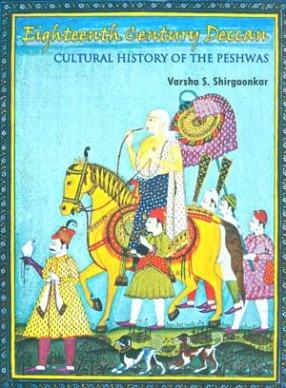
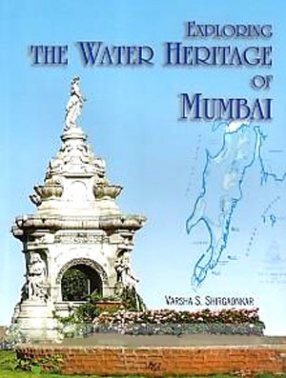
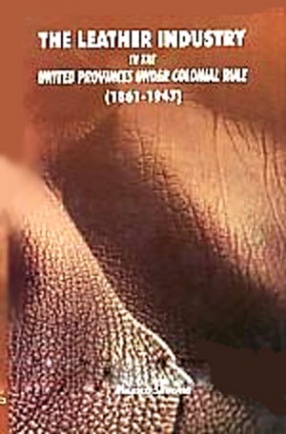
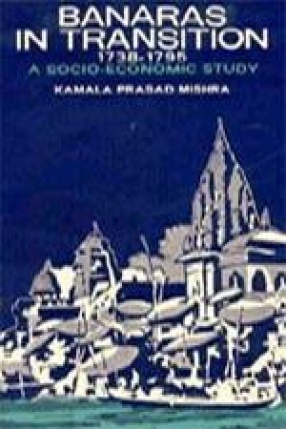
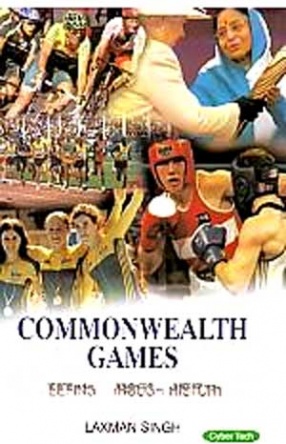
There are no reviews yet.